Brushing Basics
Good oral hygiene is crucial for maintaining healthy teeth and gums. Brushing your teeth properly is a fundamental aspect of daily oral care, helping to remove plaque and food debris that can lead to dental issues such as bad breath, tooth decay, and gum disease. Here's a comprehensive guide to brushing effectively.
Related Articles
Want to protect your teeth?
Understanding Your Mouth
Food particles and bacterial plaque can accumulate in hard-to-reach areas of your mouth, including between crowded or overlapping teeth, under dental work like bridges or orthodontics, and in the pits and fissures of the back teeth.
Plaque, a sticky film containing bacteria, is a primary contributor to dental problems. It can lead to tooth decay, gum disease, and various other dental and medical conditions.
Choosing the Right Toothbrush
Mechanical toothbrushes, including electric and sonic options, are generally more effective at removing plaque and biofilm compared to manual brushes.
Opt for a toothbrush with soft bristles to avoid causing gum irritation or tooth surface damage. Stiff or firm bristles can lead to bleeding gums and enamel abrasion over time.
Best Practices for Brushing
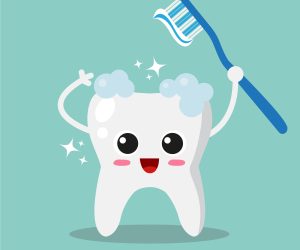
Brush your teeth, gums, and tongue after every meal and snack, or at least twice a day, ideally in the morning and before bedtime.
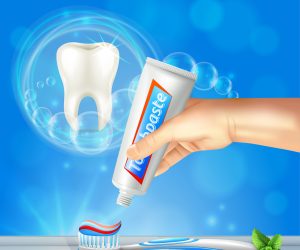
Use the correct toothpaste for your specific oral health needs, such as fluoride toothpaste for cavity protection or desensitizing toothpaste for sensitive teeth.
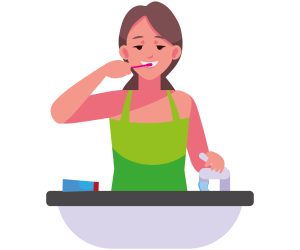
Hold the toothbrush at a 45-degree angle to the gumline and brush gently using short back-and-forth strokes.
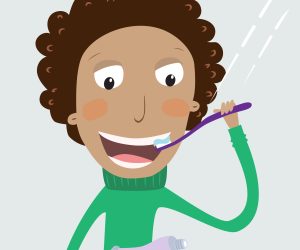
Avoid brushing too vigorously, as it can cause gum irritation and enamel wear. Use gentle pressure to prevent damage to your gums and teeth.
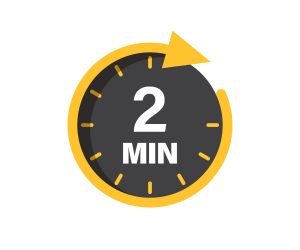
Brush for at least two minutes, ensuring you cover all areas of your mouth. Consider using a timer or playing music to help you brush for the recommended duration.
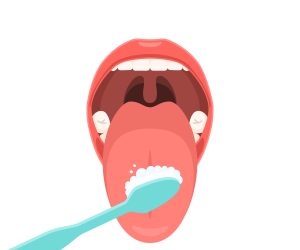
Don't forget to brush your tongue or use a tongue scraper to remove bacteria and prevent bad breath.
Oral Hygiene for Orthodontic Braces and Bridges
Orthodontic appliances and bridges present unique challenges for oral hygiene due to their intricate structure and potential barriers to cleaning.
Regular brushing and flossing may be difficult with braces or bridges, but it's essential to maintain oral hygiene to prevent tooth decay and gum problems.
Consider using specialized tools like interdental brushes or water flossers to clean between wires and brackets or under bridges effectively.
Pay close attention to areas where food debris and plaque may accumulate, as neglecting to clean these areas can lead to dental issues over time.
By following these brushing techniques and oral hygiene practices, you can effectively remove plaque, maintain healthy teeth and gums, and prevent dental problems in the long run. Don't hesitate to consult your dentist for personalized recommendations and guidance on maintaining optimal oral health.
FAQ
Ideally, you should brush your teeth after every meal and snack, or at least twice a day. Brushing in the morning and before bedtime is particularly important to remove plaque and food debris that can accumulate throughout the day.
It's recommended to use a toothbrush with soft bristles to avoid causing gum irritation or enamel abrasion. Mechanical toothbrushes, including electric or sonic options, are generally more effective at removing plaque compared to manual brushes.
Aim to brush your teeth for at least two minutes each time. Using a timer or playing music can help ensure you brush for the recommended duration. Make sure to spend adequate time cleaning all surfaces of your teeth, gums, and tongue.
Yes, brushing your tongue or using a tongue scraper is an essential part of oral hygiene. Bacteria that cause bad breath can also reside on the surface of your tongue. Cleaning your tongue helps reduce the overall level of bacteria in your mouth and freshens your breath.
There are toothbrushes available with larger handles designed to make them easier to grasp for individuals with hand limitations. Electric or sonic toothbrushes may also provide a good alternative for those who struggle with manual brushing.
While toothpicks can be used to dislodge food particles between teeth, they should be used with caution to avoid injuring your gums. Interdental brushes or water flossers may be safer and more effective options for cleaning between teeth and around orthodontic appliances.
It's recommended to replace your toothbrush every 3-4 months or sooner if the bristles are frayed or broken. Using a worn-out toothbrush may be less effective at removing plaque and can potentially harbor bacteria.
Orthodontic appliances and bridges can make brushing and flossing more challenging, but it's essential to maintain oral hygiene to prevent tooth decay and gum problems. Specialized tools like interdental brushes or water flossers can help clean between wires and brackets or under bridges effectively.

